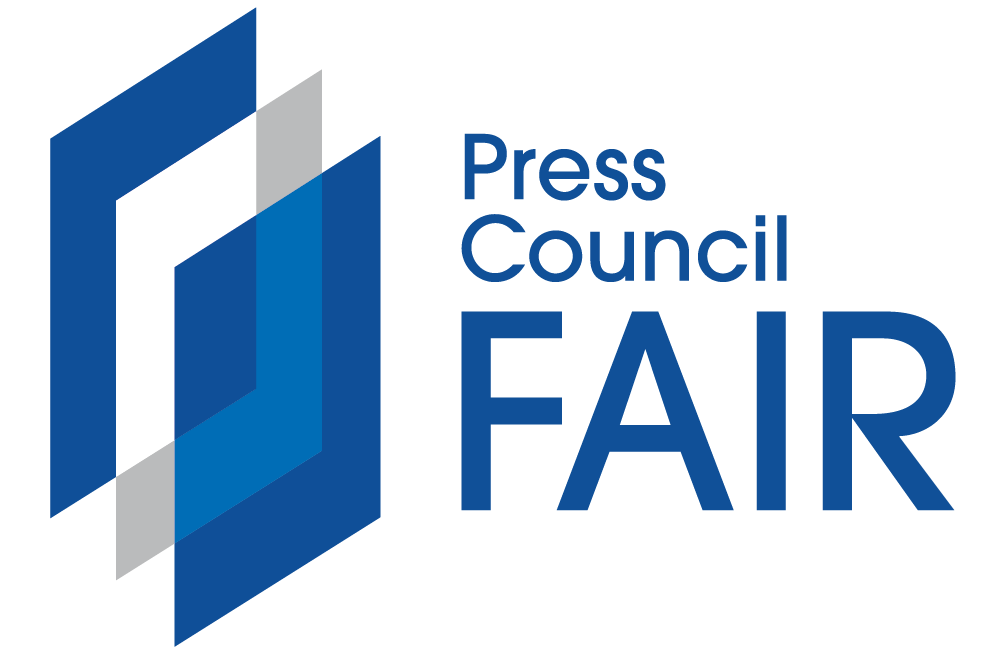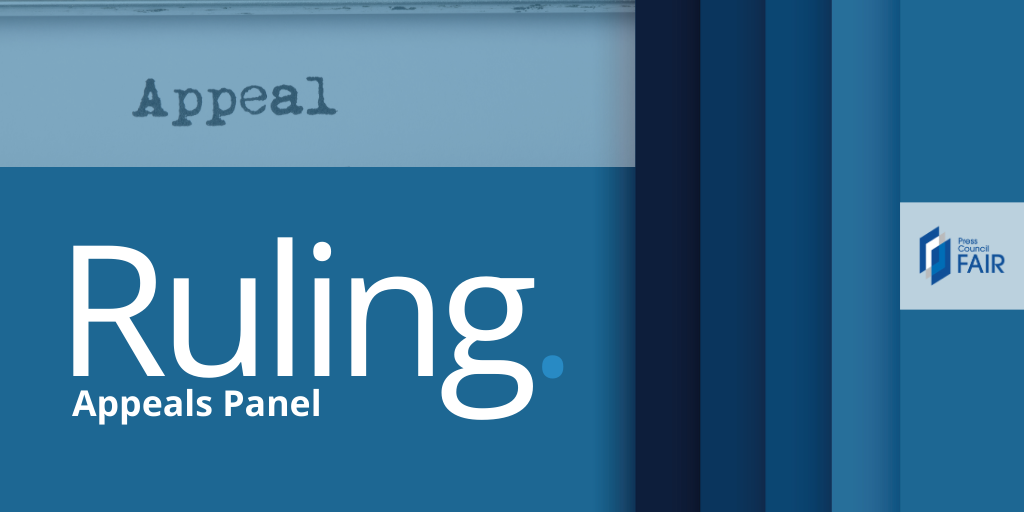Denzil Davan vs. Rising Sun
SUMMARY
The headline to the story in dispute read, Man’s body found dumped on roadside (image not for sensitive viewers). This was published on19 June 2014.
This ruling by Press Ombud Johan Retief was based on the Press Code that was in effect before 30 September 2022.
The colour picture accompanying the story showed the full body of a deceased man, lying on his back. His face was tilted away from the camera.
Denzil Davan complained that the publication of this photograph was sensationalist and that it did not show respect for the dead.
Retief said he considered the following crucial questions:
- Could the deceased be identified (if so, the effect on the person’s loved ones could have been devastating)?;
- Did the publication get permission from the family?;
- What was the public interest in this matter?; and
- How clearly was the extent of the deceased’s injuries shown?
The Ombud dismissed the complaint, saying the crux of the matter was the fact that the man’s face was turned away from the camera, which made it difficult to identify him based on that picture alone.
THE RULING ITSELF
This ruling is based on the written submissions of Mr Denzil Davan and Elaine Naidoo, digital editor of the Rising Sun Community Newspapers.
Complaint
Davan is complaining about a picture published on the Rising Sun’s online and Facebook pages on 19 June 2014, headlined Man’s body found dumped on roadside (image not for sensitive viewers).
He complains that the publication of the photograph was sensationalist and did not show respect for the dead.
The picture
The picture, in colour, shows the full body of a deceased man, lying on his back. His face was tilted away from the camera.
Analysis
Davan complains that the publication did not consider the effects the picture would have on the man’s family. He adds that, while the newspaper did warn sensitive viewers, it did not do so on its Facebook page. He argues that the picture did not seek to assist or inform the public, but instead appeared to be of a sensationalist nature. “I feel that the publication has violated the [press] code, by not showing respect to the dead, the family of the deceased or the readers of the publication.”
The publication argues that:
- its digital editor did alert sensitive viewers;
- although the picture was published on Facebook initially, “however we [later] chose to remove it…”;
- the image was supplied by the SAPS;
- the picture of the unidentified man “was published as a public service to encourage the victim’s next of kin to identify the body and for witnesses to also come forward…”; and
- it has consequently received responses regarding assistance with the identification the body.
My considerations
I shall comment on each of the bullets above, in the same order:
- I appreciate the fact that the newspaper alerted sensitive readers. However, the effect was limited, as the warning was published directly above the picture;
- The removal of the picture at a later stage is noted;
- The fact that the image was supplied by the SAPS is meaningless – it remains the newspaper’s responsibility to decide, on ethical grounds, whether to publish or not;
- The comment that the picture of the unidentified man “was published as a public service to encourage the victim’s next of kin to identify the body and for witnesses to also come forward” warrants a more detailed response (below); and
- It is noted that the publication received responses regarding assistance with the identification the body.
Section 9 of the Press Code states: “Due care and responsibility shall be exercised by the press with regard to the presentation of brutality, violence and suffering.”
The publication argues that it in fact wanted to identify the body (as a “public service”), which is clearly why the newspaper did not block out his face. The intention is good (under other circumstances, the publication of a picture of such a person taken while alive would have sufficed), but the way in which the publication proceeded is debatable. Like Davan, I do not believe that the publication sufficiently considered the possible effects of its actions on the man’s family.
This office has been strict in cases such as this. However, each case should be decided on its own merits.
These are the crucial questions:
- Could the deceased be identified (if so, the effect on the person’s loved ones could have been be devastating);
- Did the publication get permission from the family;
- What is the public interest in this matter; and
- How clearly is the extent of the deceased’s injuries shown?
The criteria mentioned above imply that the publication of a dead body is in itself not taboo.
The crux of this matter, for me, is the fact that the man’s face was turned away from the camera, which made it difficult to identify him on the basis of that picture alone.
If the newspaper had succeeded in its purpose, namely to clearly identify the man from the picture, I certainly would have upheld the complaint. I remain concerned, though, that the Rising Sun attempted to identify the man by publishing such a picture.
Fortunately, it did not succeed.
Finding
The complaint is dismissed.
Appeal
Our Complaints Procedures lay down that within seven working days of receipt of this decision, either party may apply for leave to appeal to the Chairperson of the SA Press Adjudication Panel, Judge Bernard Ngoepe, fully setting out the grounds of appeal. He can be contacted at [email protected].
Johan Retief
Press Ombudsman


